
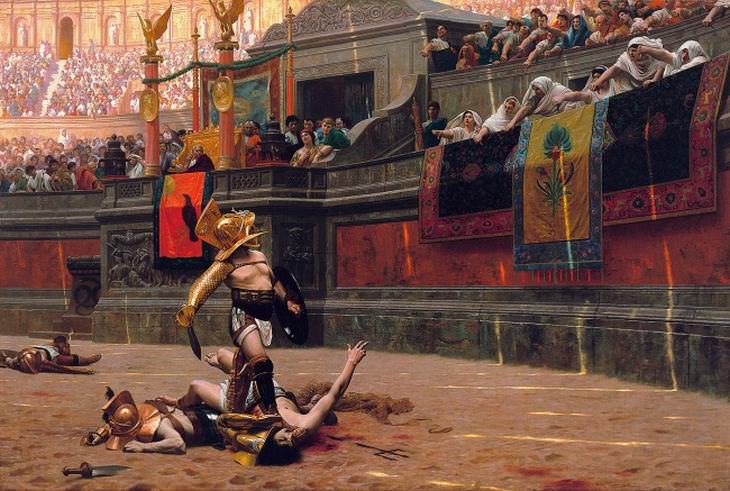
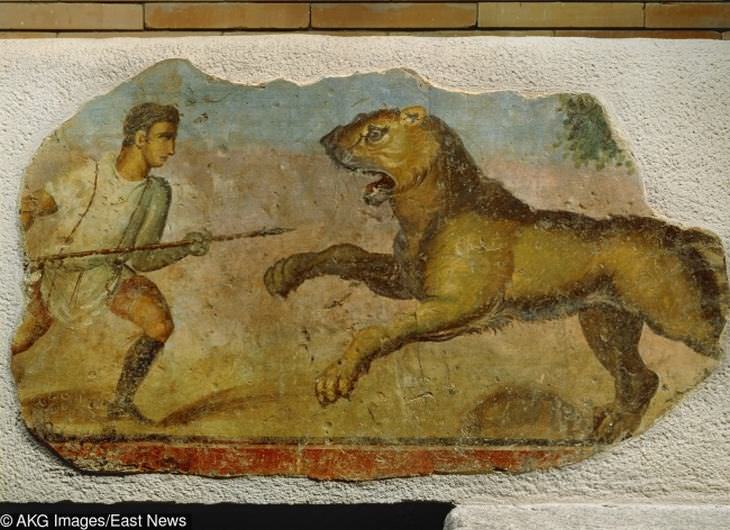
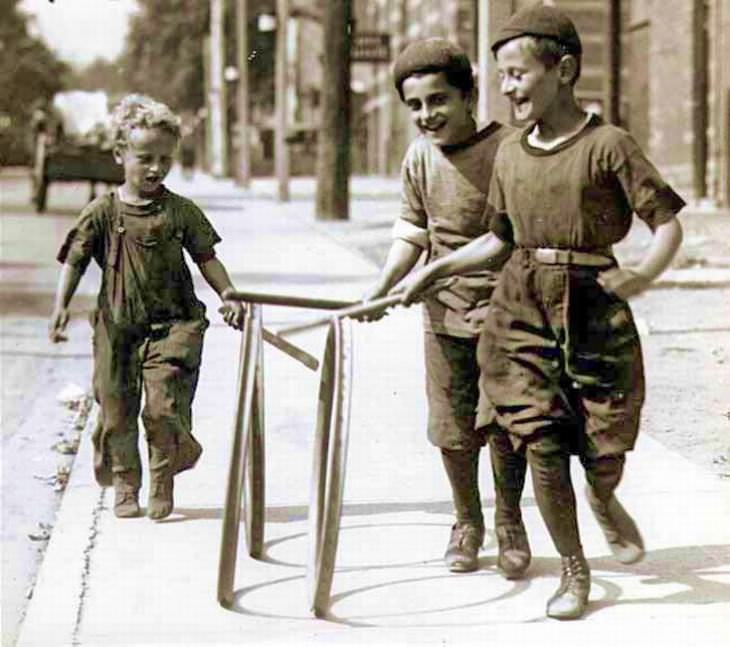
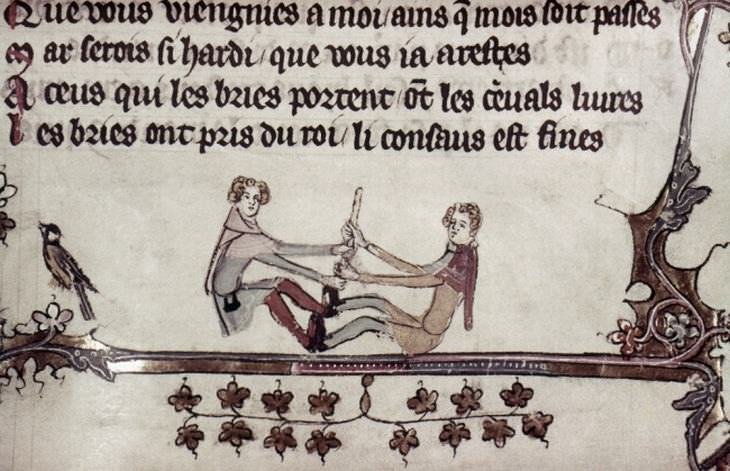
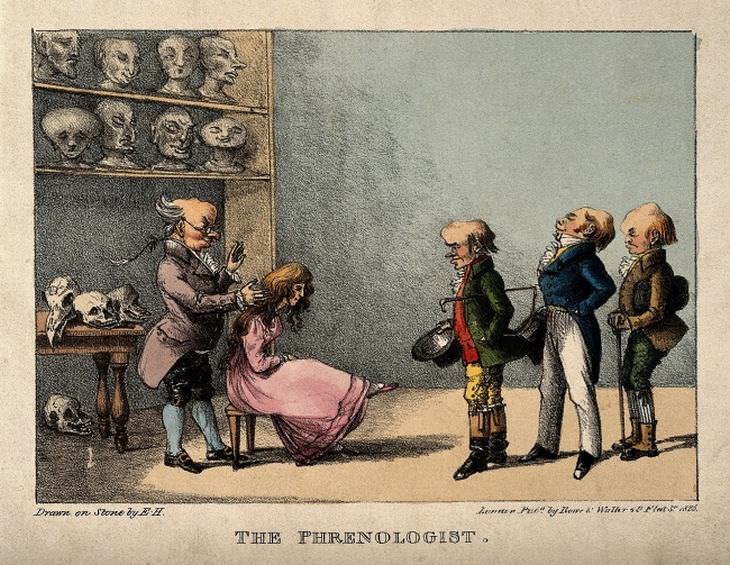
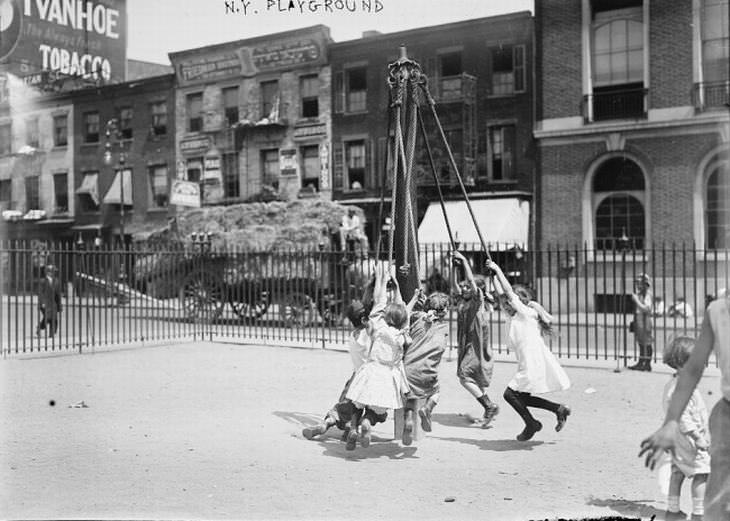
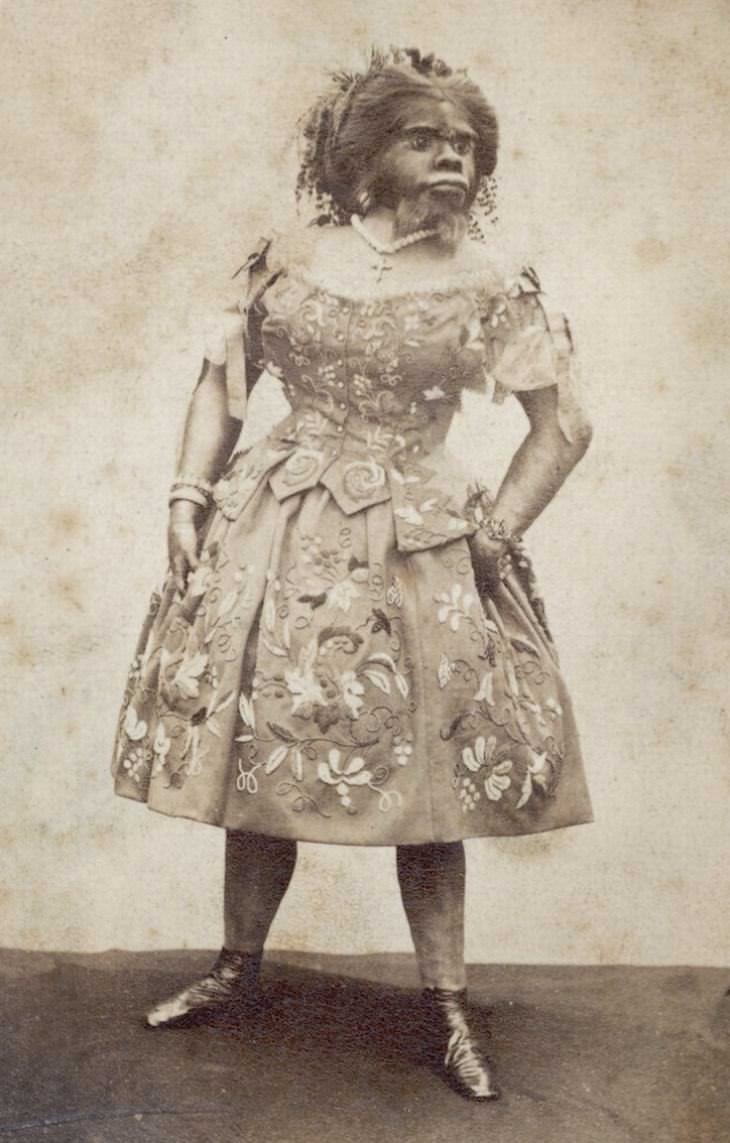


If You Pride Yourself On General Knowledge Take This Quiz!
This quiz will undoubtedly put your general knowledge to the test, so watch out for being overconfident before taking it!

15 Vintage Toys All '60s and '50s Kids Know and Love
Ready to revisit 15 of the most loved and remembered vintage toys from the '60s and '50s?

Can You Solve These 10 Tricky Riddles? Give It a Go!
If you love to test yourself with challenging riddles, then give these 10 a go!

Give Your Brain a Good Workout 10 Tricky Riddles!
These 10 challenging riddles will give your brain the exercise that it requires.

Brain Buster Challenge: Solve These Riddles!
These tricky riddles are a great way to get your mind thinking. Do you have what it to solve them?

Can Spot the Difference in These Brain-teasers?
Are you good at brain-teasers? If you think so, then you should really take on these 8 awesome brain-teasing images by Gergely Dudás.

These 24 Fascinating Photographs Will Surprise & Amaze You
Here are 24 of the most amazing and surprising photographs ever seen on the internet!

These Feel-Good Facts Warmed My Heart...
These feel-good facts would warm anyone's heart.

8 Historical Coincidences That are Too Bizarre to Be Fake
Throughout history, there were many events that could only occur due to incredible coincidences. Here are 8 of history weirdest coincidences, these stories sound stranger than fiction.
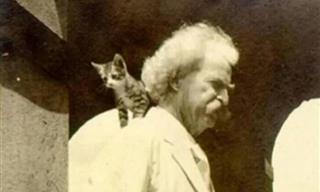
15 Rare Photos of Iconic Authors You've Never Seen
Your favorite iconic authors, as you've never seen them before.

These Practical Charts Will Make You More Knowledgeable
These charts, maps, and tables cover all kinds of topics - from health and geography to home design and cleaning tips. It’s a goldmine of practical knowledge!

8 Weird and Wacky Failed Inventions from the Past
Here is a look at some weird and wacky inventions from the past that never quite took off despite their innovativeness.

Find Humor & Inspiration in These Douglas Adams Quotes
May you find inspiration and humor in these quotes by Douglas Adams.

INTERACTIVE: 12 Fascinating Facts About Napoleon Bonaparte
Whether you're a history aficionado or a curious learner, these insights offer a unique glimpse into the man behind the legend of Napoleon.
 1:37
1:37
Her Mom With Alzheimer's Didn't Recognize Her, Until...
A loving daughter experiences a moment she thought she'd never have again.

Nostalgic Collection: Click to See the Historical Photos!
Click on any of the photos to be taken to a post full of some of our most fascinating historical photographs.

History's 8 Overlooked Men You Should Know About
The stories of these unsung men from history deserve to be told.

8 Hilarious Malapropisms by Famous Figures
Everyone, from politicians to celebrities, had a language slip-up at least once...

These Photos Prove: Time & Angle Make All the Difference!
These fascinating comparison photos highlight what a huge difference time angle can make!

Beware of Ordering These (Potentially) Fake Foods
There are certain items on a restaurant's menu that should be considered with caution, and this is because they tend to be faked. Learn more here.

Hilarious: The Best Comebacks in History!
We often think that the art of insulting is mostly born of modern times. But we'd be mistaken...

Some of These Facts About the US Will Leave You Speechless
We have collected the 50 most fascinating facts about each state. Some of them historical, some funny, and some straight out hard to believe.

5 Famous Shipwrecks and Their Unbelievable Stories
Some unreal stories about what lies deep below the seas.
 3:22
3:22
This Hilarious Song Perfectly Sums Up My "Efficient" Memory
This hilarious song perfectly sums up or senior moments.

These Facts Sound Made Up, But Are Totally Real!
These weird facts may sound completely fake, but we can prove that they’re actually real.
 10:31
10:31
A Unique Nursing Home You Need to Hear About...
This dementia village is the most progressive and forward thinking nursing home.

9 Different Types of Oranges You Never Knew About
How many of these unique orange varieties have you tried?

The Stories of These Women from History are Inspiring
Read the inspiring stories of these amazingly strong women.

You’ll Love Learning New Things With These Awesome Charts
It's time for a brand new collection of fascinating charts and guides.

10 Cool Maps That Show How Much Unpopulated Space There Is
These maps will utterly surprise you when you realize just how unevenly the world's population is spread out. Most of the world is quite free of people!

Millennials Are Killing These 12 Industries...
The preferences of millennials are destroying dozens of industries. Here are 12 industries that they're killing.

In the West, We Have Much to Learn From the East...
Eastern philosophy is vastly different to Western philosophy, and we all have much to learn from the schools of thought from that part of the world.

7 Historical Facts That Aren't Actually True
Here are seven well-known history facts we should have never believed.

The Fascinating Ways Our Fruits and Veggies Are Grown...
Here are some of the amazing the ways that fruits and veggies grow that may be new to you!
 20:00
20:00
Megiddo: The Story of the Oldest Battle in History
Join us as we explore the dramatic events and enduring legacy of this pivotal conflict that shaped the course of human civilization.

Here Are 18 Rare Photos You Won't Find In History Books
These are the RAREST vintage photos ever...

9 ‘Current’ Words That Are Much Older Than You’d Guess
Hipster, Influencer and Dude - all these words sound so quintessentially modern, but you'd be surprised to learn how old they actually are.

Astonishing! These WWII Soldiers Survived Against the Odds
These World War II soldiers all suffered terrible ordeals, but they managed to survive against all odds. Here are 6 incredible survival stories from World War II.

These Specialized Tools Have the Most Unique Uses
These specialized tools have the most unusual uses.
 8:08
8:08
Dancing With Dogs is So Much Better Than Regular Dancing...
These top contestants will wiggle, jump and roll their way into your hearts!
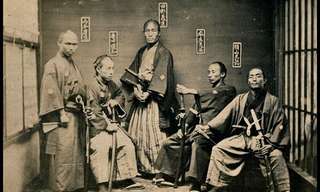
These Old Photos Show a Fascinating Side of History
Each one of these remarkable photos tells a story of bygone history. See how much the world has changed with scenes of both famous faces, events and everyday moments.
 19:02
19:02
Hitler's Olympics: The 1936 Berlin Olympic Games
When the Olympics became a Nazi showcase.

You Won't Believe These Stories of the White House
The White House stands as a glorious monument to American politics, and in its 200 years of history, has had quite a few interesting encounter!

These 6 Mysterious Objects Can't Be Explained by Anyone
Archaeology is a very rewarding discipline, but there are some mysteries that never get solved. Take these 6 ancient objects. What they are is anyone's guess!

7 Conspiracy Stories that Turned Out to be True
These stories are shocking... and they turned out to be true!

10 Jaw-Dropping History Facts We Never Knew Were True...
These little-known historical facts and stories show us just how little we all know about life’s mysteries and history’s twists and turns.

WW2 Changed These Places Greatly. How Do They Look Now?
Incredible! This is how the war has changed these places.


